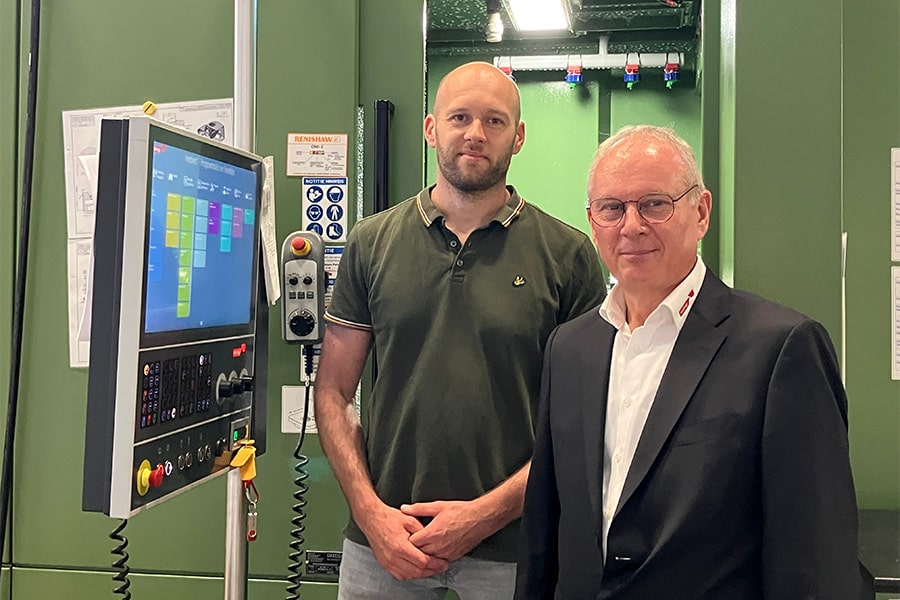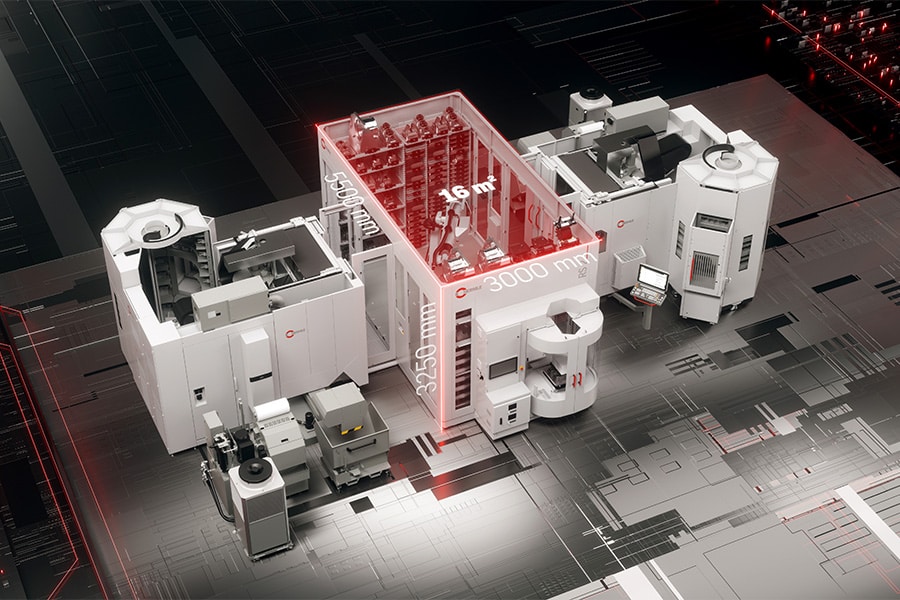
Artificial intelligence to monitor cutting tools
Data techniques from the world of artificial intelligence (AI) appeal to the imagination on the one hand but, on the other, are very closed, hermetic, and difficult to access. The main difficulty is that there is no single technique that captures all the problems. Rather, AI is a set of techniques in which an expert must choose the best technique or combination of techniques according to the problem. Not all AI techniques are equally useful for the manufacturing industry: the amount of data available within SMEs is usually rather limited. On the other hand, there is usually a priori available knowledge, for example, among operators who can accelerate convergence of AI techniques. The WEAR AI Tetra project aims to demonstrate the usefulness and importance of AI within the Flemish industry and to implement it for a number of concrete cases as inspiration for others. We limit ourselves to those techniques relevant to the manufacturing industry. We are working on concrete application cases around tool slitting. The manufacturing industry is familiar with this, this appeals directly to them and came up centrally during a survey.
The application of advanced signal processing methods in the monitoring of essential processes is considered a very interesting area with great potential. Material costs are reduced by monitoring anomalies, and more production is possible by adding the calculated RUL to maintenance schedules. The result is an increase in efficiency.

Challenges in practice
The objective of the case study is to design a data-driven algorithm that can inform the machine operator about the state of components in a machine or a system as a whole. As an example, we cite a case study developed in the TETRA project WearAI.
This involves the milling of laminate at a partner with more than sixty years of experience who is one of the largest flooring manufacturers in the world. The hard plastic top layer of laminate is the main contributor to wear on the cutting tools. High feed rates and RPMs ensure smooth production processes, but this also accelerates tool degradation, necessitating regular downtime to rotate or replace the chisels. Planned maintenance minimizes downtime due to low-quality cutting edges, but does not utilize the full life of cutting tools. Maintenance based on current tool condition is the next logical step in this process. Placing an external system at the original machine generated data streams such as vibrations, acoustic emissions, currents and voltages. Valuable information for further analysis and training of machine learning algorithms. The absence of labels makes it appropriate to investigate unsupervised learning methods, as here more specifically the DBSCAN algorithm.
Classification
After extracting the desired features from the captured data streams, feature selection is an interesting (often underestimated) intermediate step. Various filters are necessary to standardize outliers, noise, the data domain and so on. Out of the many generated features, in this case there were 1,360, only the most valuable are allowed to proceed to the next round to eventually serve as training data. Using the accuracy of the fully trained model as a benchmark, we systematically omit features from the training set and compare the score.
In this way, the differences in accuracy give an indication of the proportion of a particular feature. Due to its unsupervised nature, coupled with relatively few tuning parameters, Density Based Spatial Clustering Application with Noise (DBSCAN) was a logical choice. Sources from the literature give good results in a similar implementation of this technique for tool wear.

Potential
The consequences of implementing ML/DL in existing machines cannot be underestimated. This elaborated example does not include information about ML deployment, but clearly demonstrates that regions of break-in and accelerated wear can be distinguished using unsupervised machine learning algorithms. Working further on this are systems in an industrial context that can prevent catastrophic break-in. Which again is a direct factor in minimizing downtime, which in turn increases production. Increased insight into machine condition enables the move to conditional maintenance, which again lowers downtime and extends operation time per tool. More production hours per tool translates to less stock and less associated inventory costs.

Decision
Data-driven techniques are not just the latest new technology hobbyhorse. It is a shift in vision and perspective. It fits perfectly into the Industry 4.0 philosophy, and any organization that wants to follow this path must build a careful structure. It is not a singular project, but a transition to a data-centered approach. It will bring any company with a sound data management system one step closer to predictive maintenance and smart data exchange. By demonstrating that even relatively simple models are capable of detecting a break, for example, the power and potential of this approach is clear.
Thus, learning more about the wear progression during cutting processes can reduce costs in several areas. With a very low initial investment, an operator is able to collect information, analyze data and draw conclusions. When one has gained more experience in this, the step to online measurement methods of wear can be taken. If the situation is suitable for it, we recommend direct measurement technology to achieve the highest possible degree of automation and reliability. We are convinced of the potential and look forward to extending this to other applications.
Acknowledgment
We would like to thank Dr. Tim Claeys and Prof. Jeroen Boydens for support and dedication in this project. Project collaborators Hans Naert, Pieter Ideler, Peter Vanbiervliet and Robin Loicq were indispensable in data capture and communication to industrial partners.



